
Mexico Peru Chile Colombia Custom Outdoor Sports Gym Cycling Training Multicam Worker Flight Combat Tactical Gloves


Top Selling Elbow Splint Support Fracture Elbow Braces For Sleeping Protector Medical Orthopedic Hinge Arm Brace





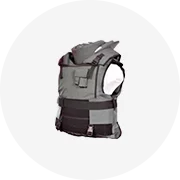
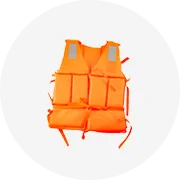
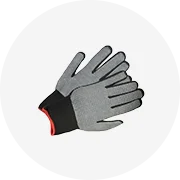
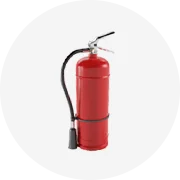
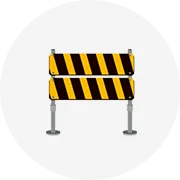
Anti riot elbow protectors are specialized gear designed to safeguard law enforcement personnel during crowd control and riot situations. These protectors are crafted to shield the elbow joint from impacts, abrasions, and potential injuries that can occur in volatile environments.
The design of anti riot elbow protectors is focused on a balance between mobility and protection. Typically constructed from high-density foam padded with hard-shell caps, they offer a robust barrier against blows. The materials used are often a combination of polyethylene shells and nylon fabrics, providing a lightweight yet durable defense mechanism.
These protectors come equipped with features such as adjustable straps for a secure fit, ensuring they stay in place during rapid movements. The application of these protectors extends beyond riot control; they are also used in tactical operations and various training exercises. Their versatility makes them an essential part of protective equipment for law enforcement agencies.
Comfort is paramount when it comes to protective gear, and anti riot gear is no exception. Elbow protectors are designed with ergonomics in mind, allowing for extended wear without compromising on the range of motion. The interior lining is often breathable, reducing heat buildup and allowing for better air circulation.
The primary advantage of using riot control equipment like elbow protectors is the enhanced safety they provide. They are engineered to disperse the force of impacts, reducing the risk of injury significantly. Additionally, the psychological benefit of feeling protected can improve the performance and response of officers in high-stress situations.
When selecting riot protection gear, it is crucial to consider factors such as the level of protection offered, the materials' quality, and the gear's compatibility with other equipment. It is also essential to ensure that the protectors meet the necessary safety standards and certifications relevant to their use.